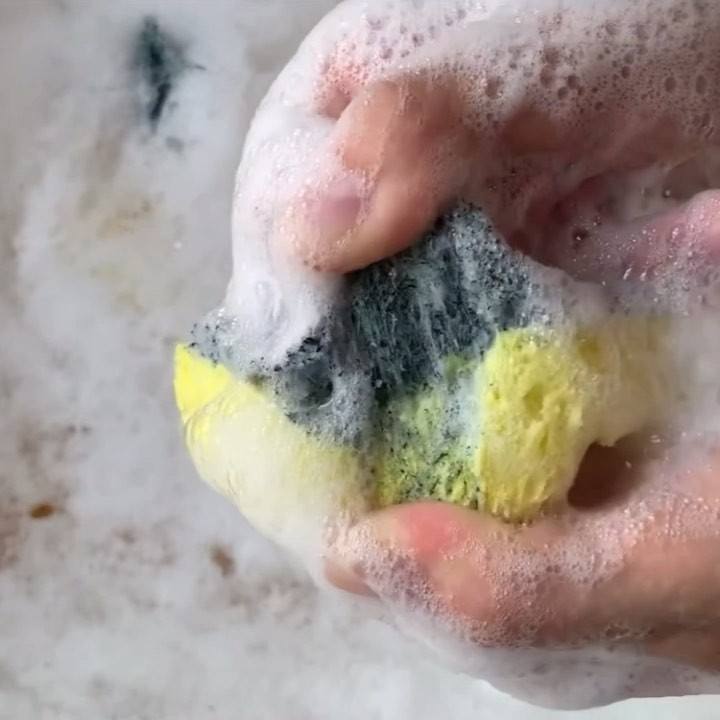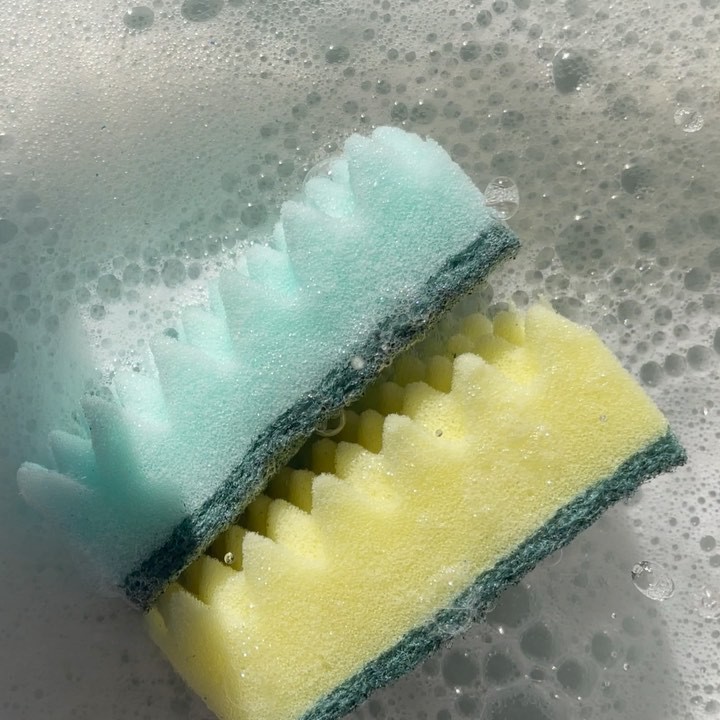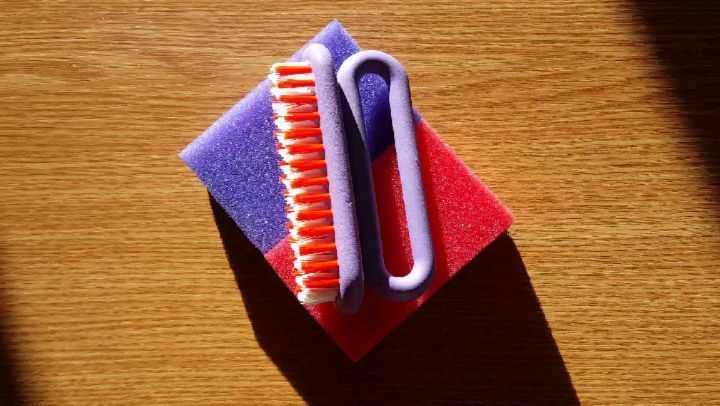4 Outstanding Tips To Sterilize Your Kitchen Sponge
Have you ever thought that your cleaning tools need cleaning too? It sounds conflicting that the thing that is supposed to clean other things carries a lot of germs. But, it’s an undeniable fact that everything which is meant for cleaning must first be cleaned properly. Let’s take a kitchen tour. The cleaning agent that you find first must be the cleaning sponge that probably needs sterilization. Sponges are made of cellulose fiber that develops harmful bacteria very quickly. That’s why it needs to be sanitized otherwise it can become a colony of germs that instead of cleaning can even germinate things. It would not be wrong if we say that your kitchen sponge is responsible for the health of your family. That’s why make sure to use a cleaning sponge so that your family doesn’t suffer from any health issues.

If you want your sponge to prevent bacterial growth, you must sterilize it. Have you ever pondered over why sponges develop bacteria and need proper cleaning? This is because the sponge absorbs moisture and doesn’t dry out, therefore, whenever you use it, you find it wet and the germs tend to multiply. If you haven’t paid consideration to your sponges, now is the time to clean them. Don’t worry, we have mentioned a variety of methods that you can adopt to sanitize your sponge and keep it clean all the time. Let’s unveil those wonderful methods:
Methods To Clean Your Kitchen Sponge
1. Microwave
This method would kill up to 99.99% of germs sneaking in your sponge. Before initiating the process of cleaning, make sure that your sponge doesn’t contain a metallic or plastic substance. Next, let the sponge dive in the water and allow it to heat up in the microwave for about 1 minute. Then, let it cool for 15 minutes. Finally, squash out water and allow it to dehydrate. You will actually feel the difference!

Precautions: Do not put the sponge directly in the microwave. It might be inflammatory. Your sponge must be swimming in the water to prevent it from burning. Always use a microwave compatible bowl.
2. Dishwasher
You can also sanitize your sponge in a dishwasher. Steam-cleaning would also kill all the harmful bacteria attached to your sponge. Simply place your sponge at the top rack of your dishwasher along with your other dishes. Clean the sponge at high heat and set the length of the cycle to its fullest. According to USDA research, cleaning the sponge in the dishwasher eliminates up to 99.99% of hazardous bacteria.
3. Vinegar
Vinegar is used for a variety of cleaning purposes. It kills 99.6% of germs. Vinegar is acidic in nature, therefore, counteracts against germs and bacteria. You simply need to soak your sponge in the vinegar for about 5 to 10 mins and then thoroughly rinse it with fresh water. Squeeze out water and let it dry in the air.

4. Bleach
You can also clean your sponge with the bleaching agent. All you have to do is add 3 parts of bleach in 5 liters of water and dip the sponge for 5 mins, then rinse with water. According to our deep study, bleach can kill 99.99% of germs from the soft foamy surface as well as the scrub surface of the sponge.
Remember! Whatever method you use for sanitizing your sponge, you can’t keep your sponge forever. Ultimately, you have to replace the sponge after a few days. But, what matters is that, make sure to use a clean sponge for washing your dishes so that it will serve its purpose.
When Should You Just Toss Your Sponge?
Even with daily sanitization, you should toss your sponge every 1 to 2 weeks. When you feel a bad odor from your sponge, this is the time to dispose of it immediately and replace it with a fresh sponge. Bad smell is an indication of harmful bacterial growth. Secondly, if you clean your sink with a sponge, then you should keep two sponges that serve the two separate purposes. Don’t clean the sink with the same sponge that you use for cleaning dishes. Always make sure to use a clean sponge for cleaning dishes.

How Can You Utilize Your Old Sponges?
- Don’t assume that old sponges are useless. They can serve a variety of purposes other than cleaning. If you’re fond of gardening, you can cut the sponge into small pieces and place them in the bottom of a plant pot before adding soil and water. The sponge will absorb the water content and supply it to all over your plant.
- You can also polish your shoes with the help of an old sponge, just dip your sponge slightly in the polish and rub it all over your shoes.
- Keep your umbrella stand dry: On rainy days, your umbrella takes time to dry out especially in winters. So, you can place your old sponge in the bottom of your umbrella so that it would absorb all the rain droplets and let the umbrella dry out quickly.
- You can dip your sponge into mosquito spray and then wipe your furniture or any surface to repel and discourage mosquitos.






